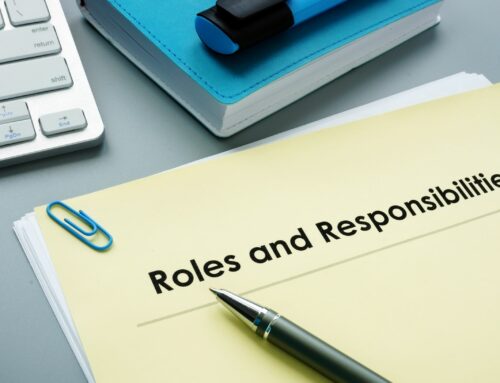
One of the most common complaints I hear about nonprofit Board meetings is that they are long, dull, and boring.
Yuck.
Who wants to sit through a mind-numbing meeting that drags on forever.
Meetings like this will run off good Board members in a flash.
So how do you change it?
It starts by making a commitment to make the meetings more interesting.
That means you need to set aside time to thoughtfully plan an agenda of items that the Board truly needs to think and talk about.
One of the biggest ways you can change your meetings is by using a consent agenda.
Consent Agenda
A consent agenda gives you a way of structuring your meeting so that you can handle the routine things quickly.
It helps you spend more time looking forward rather than looking back.
Think about it: if all you do at your Board meeting is go over reports from the previous month, you’re looking back. Wouldn’t you rather be talking about what’s coming up? Or more importantly, discussing strategic issues that the Board NEEDS to be addressing?
The way a consent agenda works is that you agree to email out information a week or so ahead of the Board meeting and all Board members agree to review the information before coming to the Board meeting. This includes:
- Minutes
- Finance report
- Committee reports
- Executive Director report
- Operations report
- Any other standing committee reports
Once the Board meeting starts, the Chair calls for a motion to approve the items on the consent agenda. The motion is voted on, and then bam! You’re done with all that business and can move on to the good stuff!
If anyone has questions about any of those reports, they can contact the Executive Director or Board Chair before the meeting, or simply state at the Board meeting that they have a question about an item on the consent agenda. That item is pulled off the consent agenda and the vote on the rest of the consent agenda is taken. Then the item in question is discussed, the issue resolved, and a vote taken on that item.
Imagine the time this will save you!
The rest of your Board meeting should include
1. Items needing conversation among Board leaders, Board members, and staff
2. Items needing a decision or a vote
3. Big-picture thinking and planning
If you can stay focused on those things that matter to Board members (like big-picture thinking) and make sure each Board member is involved in the conversation, you’ll have a much more satisfying experience at your Board meetings.






Sandy, you are so on!! Concent agendas represent lots of time saved. You are so very correct in the importance of simplifying tasks for your nonprofit boards. Since now is the end of the fiscal year for some, start out fresh by incorporating the process of a consent agenda with your very first Board Orientation meeting. Remember to report back to us how it works out. Charlaine Hood
Also, get the agenda out to Board members at least 1 week before the meeting, and make it a 1 page agenda. Call and follow up and see if they read it the day after.
This can help a lot of people read your agenda before they get there.
Mazarine
Yep, you’re right. Actually, it’s critical with a consent agenda to get the materials to the Board members several days in advance so they can be prepared when meeting time rolls around.
Sandy
I absolutely could not possible agree with you more about consent agendas! You are SO on target!!!!! If your email got even 1 board to change to consent agendas, it was well work it!!!! Thank you!!!
Rebecca Henderson